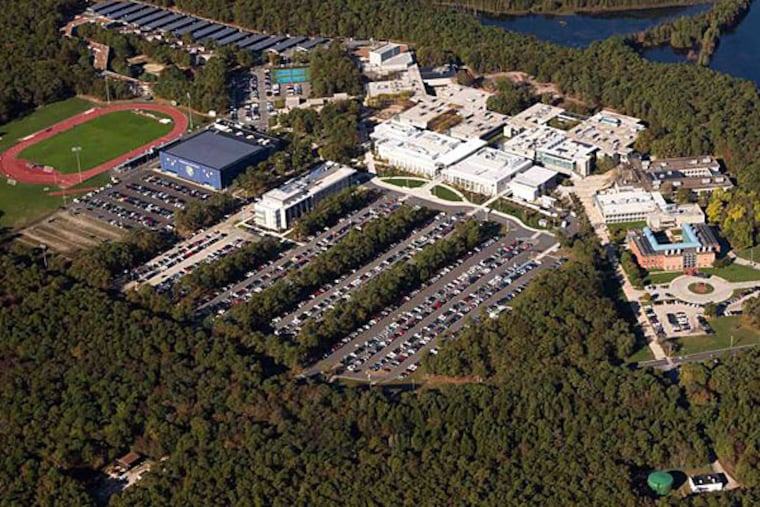Stockton aims to save its surrounding forest
GALLOWAY TOWNSHIP, N.J. - George Zimmermann calls it a "living classroom." Leaving PowerPoint presentations and books behind at Stockton University, the professor leads his students into the Pine Barrens that surround the Atlantic County school like a vast emerald ocean.
